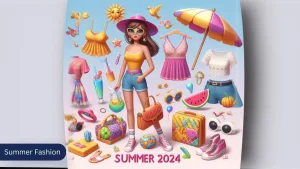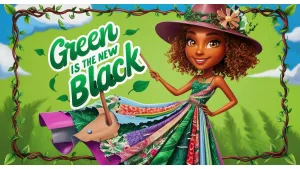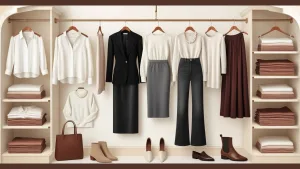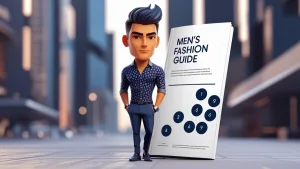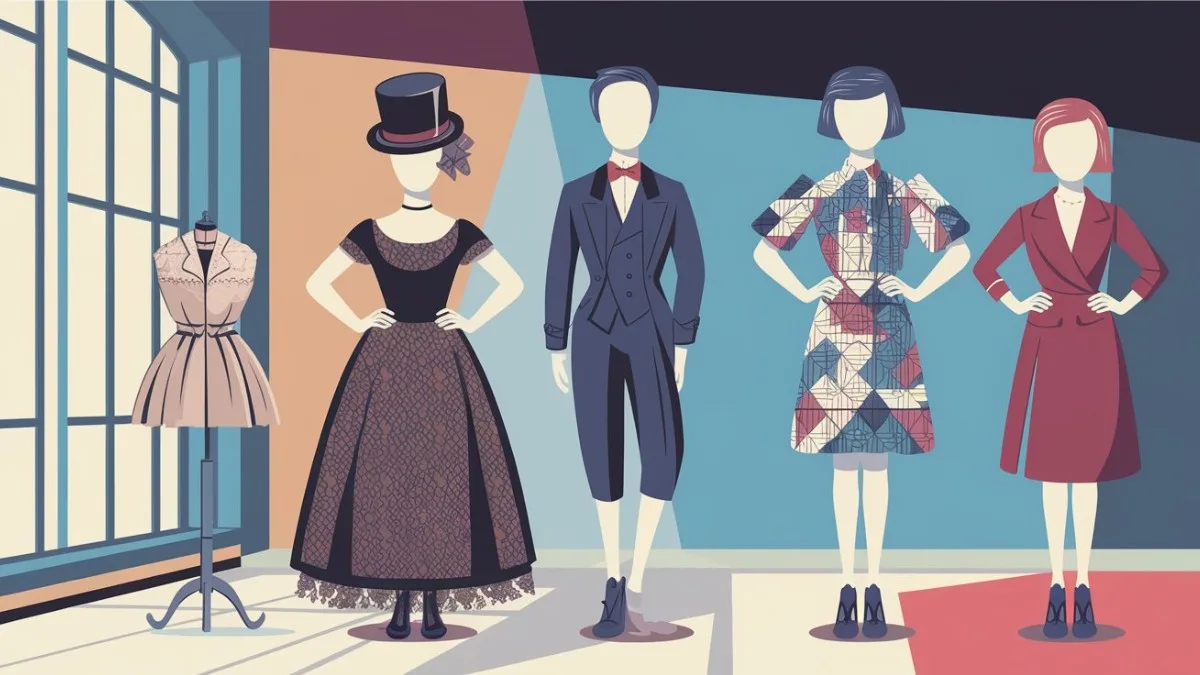
Fashion, a powerful tool of expression, reflects the evolving tapestry of cultural, political, and social trends. Over the centuries, fashion has evolved from functional attire to a form of personal and artistic expression. This article explores the fascinating journey of fashion, tracing its roots from vintage styles to today’s modern trends.
What Defines Fashion?
Fashion is more than just clothing; it’s an evolving art form that embodies individual identity, cultural movements, and societal values. From functional garments to haute couture, fashion is a reflection of the times.
A Look Back: Vintage Fashion and Its Timeless Appeal
1. The Origins of Vintage Fashion
Vintage fashion, generally defined as styles from the early 20th century to the late 1970s, offers timeless elegance and unique craftsmanship. Iconic eras include:
- 1920s Flapper Dresses: A symbol of liberation and rebellion.
- 1940s Utility Wear: Practical yet stylish, influenced by World War II.
- 1950s Glamour: Full skirts and cinched waists epitomized feminine grace.
2. Why Vintage Fashion Still Matters
Vintage pieces hold a special place in today’s wardrobes for their sustainability and distinctiveness. Many fashion enthusiasts embrace vintage clothing as a way to stand out while reducing waste.
The Transition: Fashion in the Late 20th Century
1. 1980s Boldness and Experimentation
The 1980s was a decade marked by vibrant colors, exaggerated silhouettes, and assertive fashion. Think shoulder pads, neon, and leg warmers. This era celebrated individuality and self-expression.
2. 1990s Minimalism and Grunge
The 1990s shifted to more understated looks, with minimalism taking center stage. At the same time, grunge fashion, inspired by bands like Nirvana, brought ripped jeans and flannel shirts into the mainstream.
Modern Trends: The Fusion of Old and New
1. The Rise of Sustainable Fashion
Sustainability is reshaping modern fashion, with a focus on eco-friendly materials, ethical practices, and upcycling vintage pieces. Brands and consumers are prioritizing conscious choices.
2. The Influence of Technology
Technology has revolutionized the fashion industry:
- E-commerce: Online shopping has made fashion more accessible.
- Wearable Tech: Smart clothing integrates style with functionality.
- Digital Fashion: Virtual clothing is emerging as a new trend for the metaverse.
3. Revival of Vintage Styles
Many modern trends are inspired by vintage aesthetics, blending the past with the present. From 70s-inspired boho looks to 90s crop tops, retro styles are making a comeback.
The Future of Fashion: What’s Next?
1. Personalization and AI
Artificial Intelligence is enabling highly personalized fashion experiences, from custom-fit clothing to AI-generated designs.
2. Virtual and Augmented Reality
Virtual try-ons and AR shopping experiences are enhancing the way we shop for clothes.
3. Circular Fashion Economy
The future lies in a circular economy where clothes are designed to be reused, recycled, or biodegradable, minimizing waste and environmental impact.
Why Fashion Evolution Matters
The evolution of fashion isn’t just about trends; it’s a story of human creativity and resilience. By understanding this journey, we can appreciate the cultural significance of what we wear and make informed choices for the future.
Key Takeaways
- Fashion reflects societal change: Each era tells a story through its styles.
- Vintage influences modern trends: Retro styles continue to inspire contemporary fashion.
- Sustainability is the future: Eco-friendly practices are shaping the industry.
Share via:

